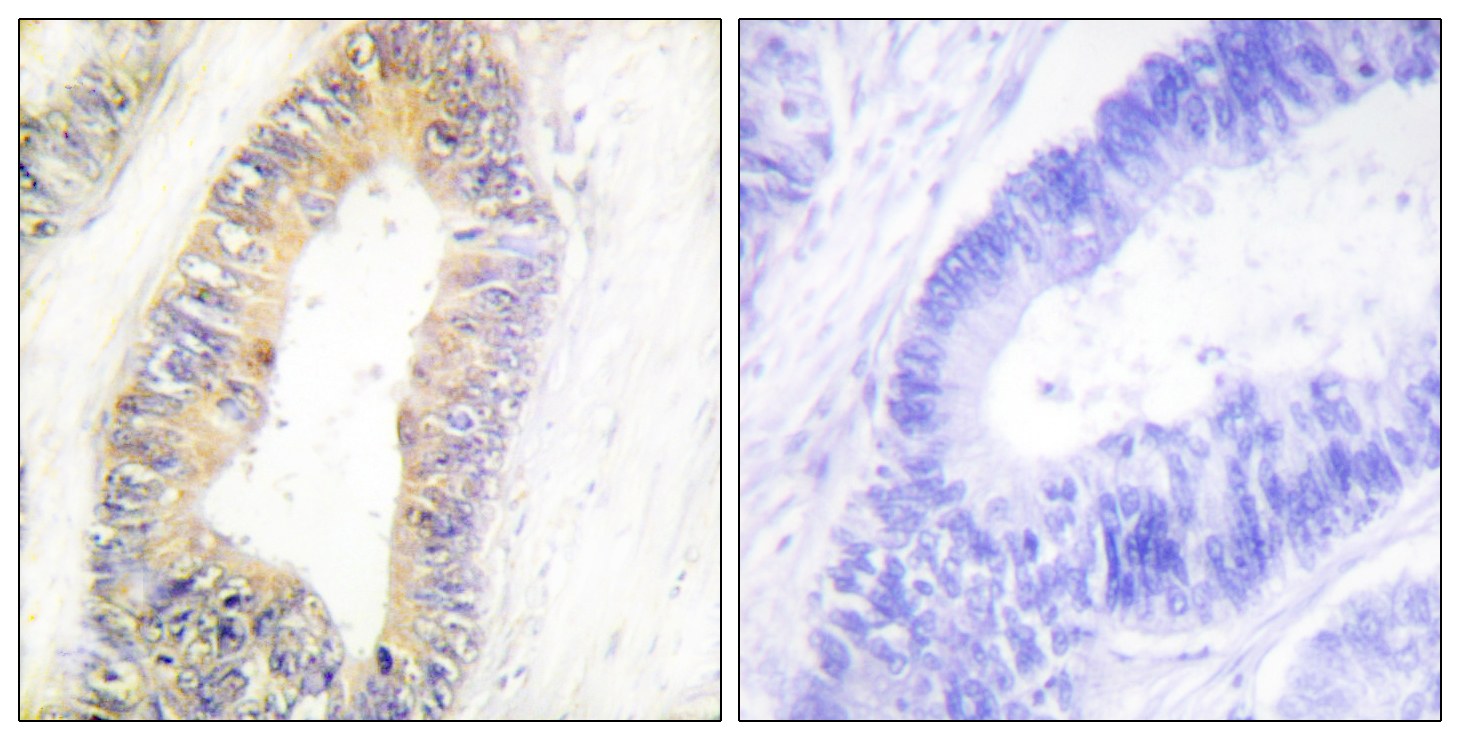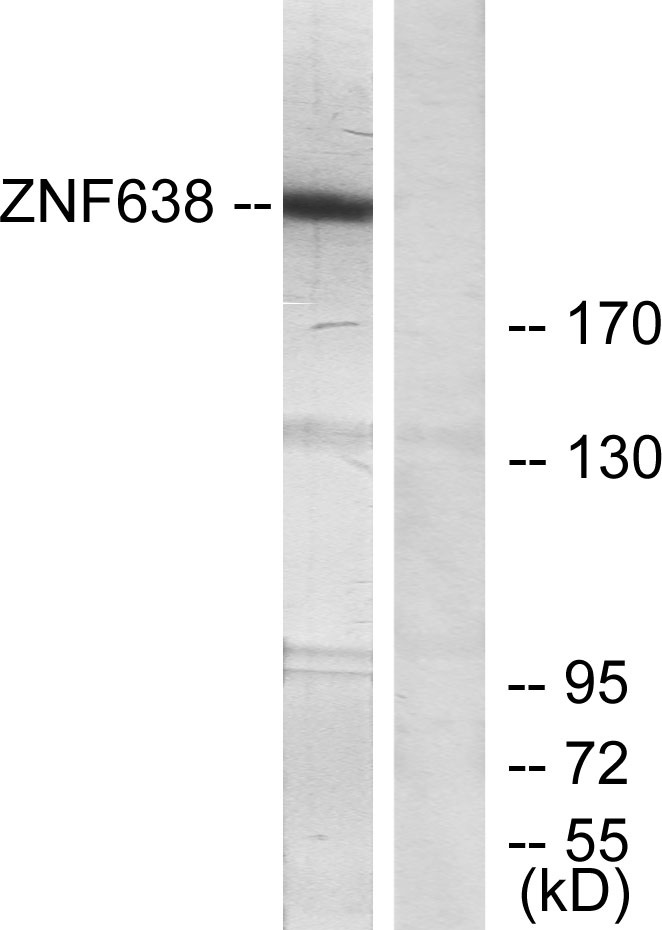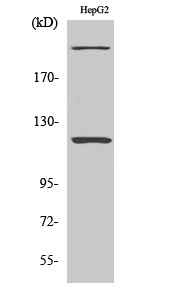产品名称
NP220 Rabbit Polyclonal Antibody
别名
ZNF638; NP220; ZFML; Zinc finger protein 638; Cutaneous T-cell lymphoma-associated antigen se33-1; CTCL-associated antigen se33-1; Nuclear protein 220; Zinc finger matrin-like protein
蛋白名称
Zinc finger protein 638
存储缓冲液
Liquid in PBS containing 50% glycerol, 0.5% BSA and 0.02% New type preservative N.
Human Gene Link
http://www.ncbi.nlm.nih.gov/sites/entrez?db=gene&term=27332
Human Swissprot No.
Q14966
Human Swissprot Link
http://www.uniprot.org/uniprotkb/Q14966/entry
Mouse Swissprot No.
Q61464
Mouse Swissprot Link
http://www.uniprot.org/uniprot/Q61464
免疫原
The antiserum was produced against synthesized peptide derived from human ZNF638. AA range:1271-1320
特异性
NP220 Polyclonal Antibody detects endogenous levels of NP220 protein.
稀释度
WB 1:500 - 1:2000. IHC 1:100 - 1:300. ELISA: 1:20000.. IF 1:50-200
宿主
Polyclonal, Rabbit,IgG
背景介绍
zinc finger protein 638(ZNF638) Homo sapiens The protein encoded by this gene is a nucleoplasmic protein. It binds cytidine-rich sequences in double-stranded DNA. This protein has three types of domains: MH1, MH2 (repeated three times) and MH3. It is associated with packaging, transferring, or processing transcripts. Multiple alternatively spliced transcript variants have been found for this gene, but the biological validity of some variants has not been determined. [provided by RefSeq, Jul 2008],
组织表达
Cervix,Epithelium,Skin,Testis,Uterus,
功能
alternative products:Additional isoforms seem to exist,disease:Isoform 5 is a tumor-associated antigen found in several cutaneous T-cell lymphoma (CTCL), and in particular in mycosis fungoides patients and in Sezary syndrome patients.,function:Binds to cytidine clusters in double-stranded DNA.,PTM:Phosphorylated upon DNA damage, probably by ATM or ATR.,sequence caution:Contaminating sequence. Potential poly-A sequence.,similarity:Contains 1 matrin-type zinc finger.,similarity:Contains 2 RRM (RNA recognition motif) domains.,subunit:Interacts with FHL2.,
纯化
The antibody was affinity-purified from rabbit antiserum by affinity-chromatography using epitope-specific immunogen.



